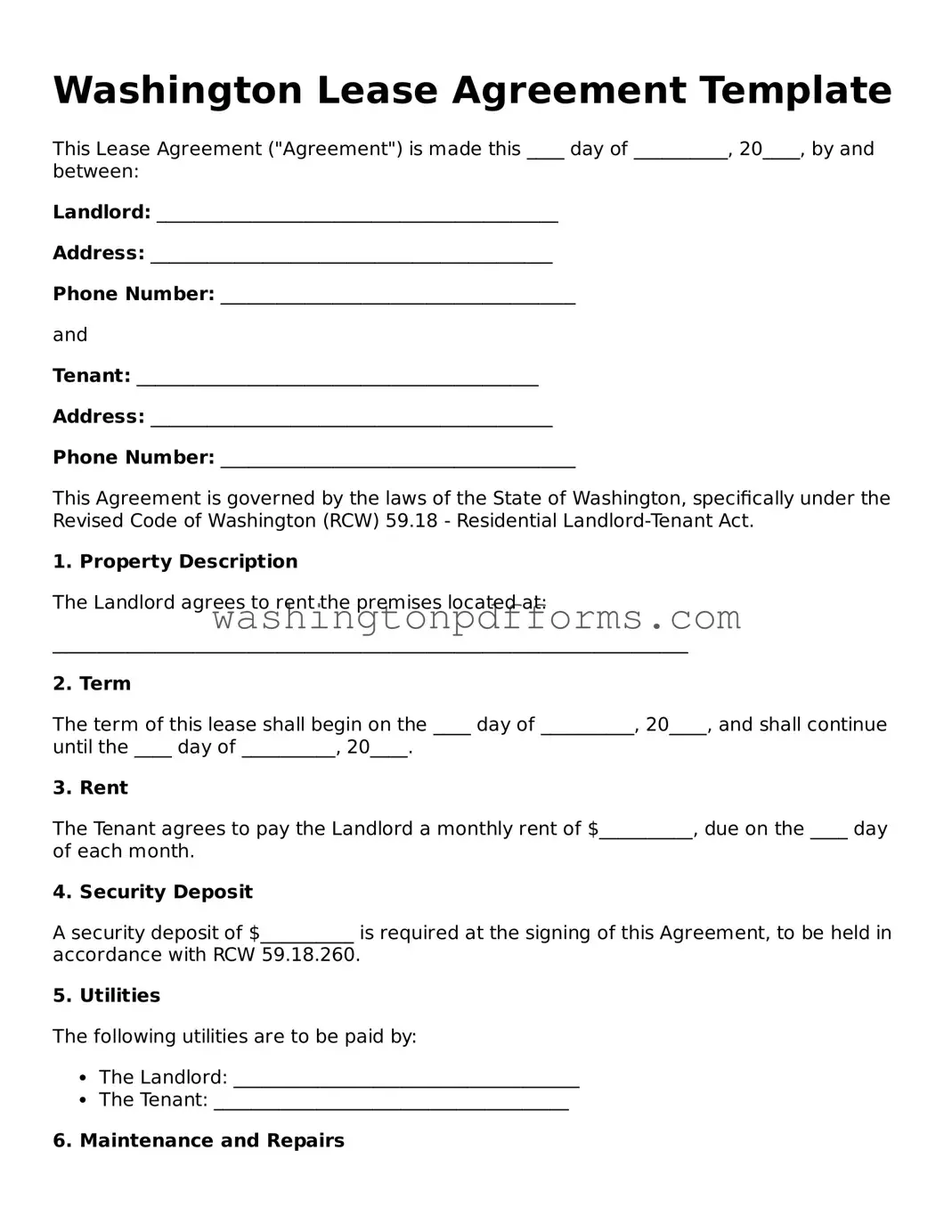Filling out a lease agreement is a critical step in securing a rental property, and mistakes can lead to misunderstandings or disputes later on. One common error is not providing accurate personal information. Tenants should ensure that their names, addresses, and contact details are correct. An incorrect phone number can hinder communication and create unnecessary complications.
Another frequent mistake involves failing to read the entire lease before signing. Many people rush through the document, overlooking important clauses or terms. This can lead to unexpected obligations or restrictions that tenants might not be prepared for. Taking the time to understand every section is essential.
Many tenants also neglect to clarify the lease duration. A lease may be month-to-month or for a fixed term, such as one year. Not specifying this can lead to confusion about when the lease ends and what happens afterward. It’s important to clearly state the start and end dates to avoid any misunderstandings.
Inadequate documentation of the property's condition is another mistake. Tenants should document any existing damages or issues before moving in. This protects them from being held responsible for damages they did not cause. Taking photos or writing detailed notes can serve as valuable evidence if disputes arise.
Some individuals fail to understand the payment terms. It’s crucial to clearly outline the amount of rent, due dates, and acceptable payment methods. Misunderstandings about when and how to pay can lead to late fees or even eviction. Clear communication about these terms is vital.
Another oversight is neglecting to address utilities and maintenance responsibilities. The lease should specify who is responsible for paying utilities and maintaining the property. This can prevent disputes over bills and expectations regarding property upkeep.
Many people also overlook the importance of including pet policies. If a tenant has a pet, it’s essential to clarify whether pets are allowed, any associated fees, and specific rules regarding their care. Not addressing this can lead to conflicts or even lease violations.
Failure to include security deposit details is another common mistake. The lease should specify the amount of the security deposit, the conditions for its return, and any deductions that may be made. This transparency helps prevent disputes when the lease ends.
Some tenants may also forget to include or review the termination clause. Understanding how to properly terminate the lease is essential. This clause outlines the process for ending the lease early, including notice periods and any penalties involved.
Finally, many individuals do not seek legal advice when necessary. If there are any uncertainties or complex terms in the lease, consulting a legal professional can provide clarity. This proactive step can save time and stress down the road.
